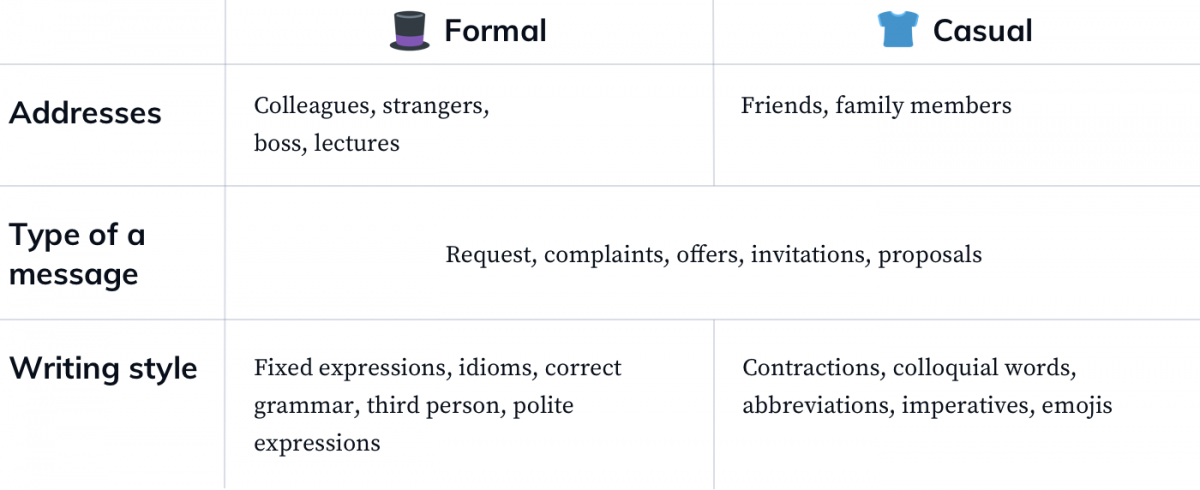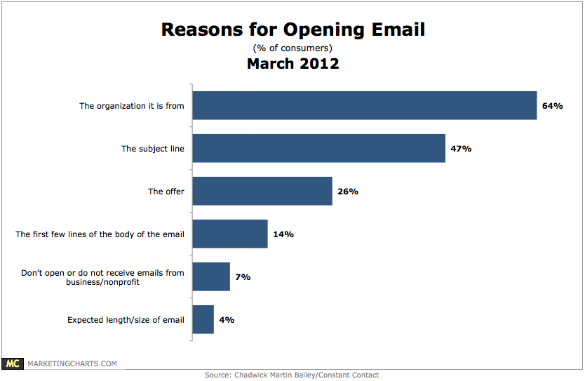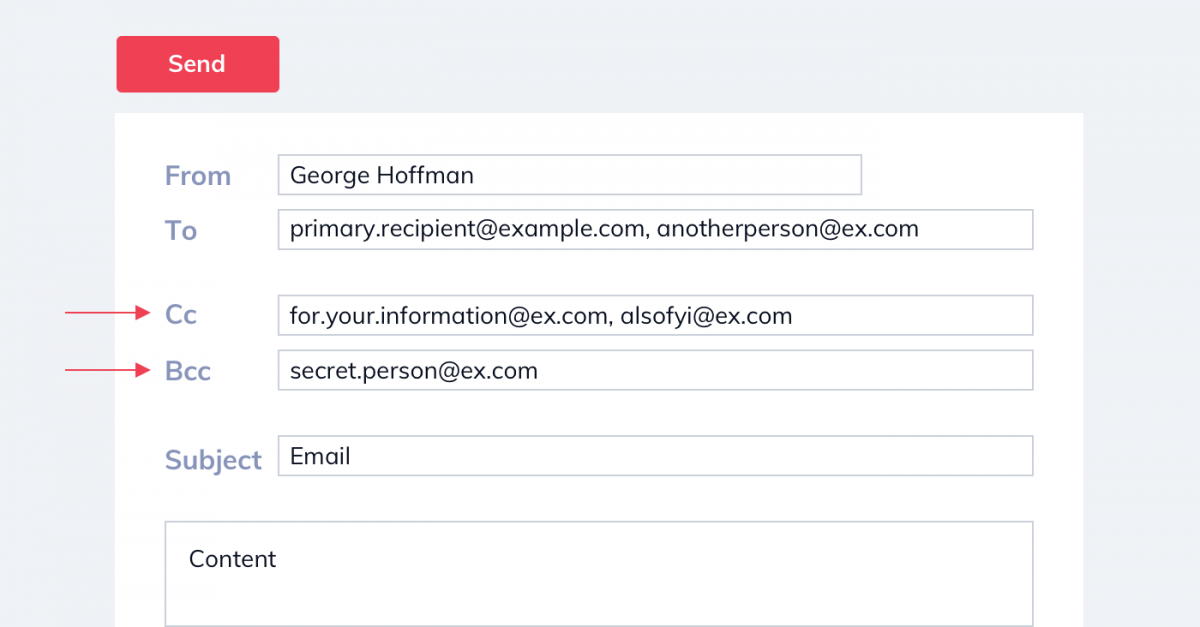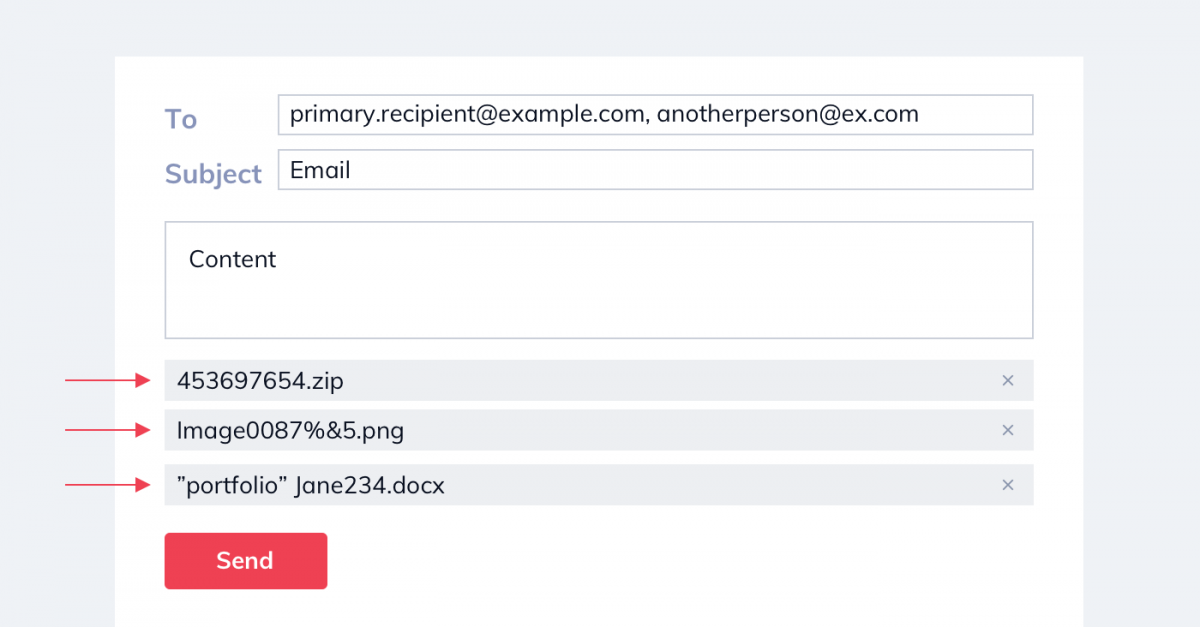Ray Tomlison. Massachusetts. 1971. This is when it all began. This is when the first email was sent and the first email communication took place.
And now, as time goes by, billions of email messages are being sent and consumed by office workers, marketers, university lecturers, and students every day as they hold the promise of quick and effective information distribution.
But… everyone – private individuals as well as public figures – will sooner or later have to face challenges that online communication poses.
Generate leads quicker and grow your mailing list with chatbots
Email (or e-mail) communication can be defined as the exchange of short informational messages between at least two people over a computer network. These messages containing plain text, images or document attachments are delivered through email web-based services like Gmail, Outlook, or Yahoo.
7 Email Tips to Have a Lively Email Correspondence
Ensure a great email conversation with the following tips.
#1 Email Tip: Decide What Your Purpose Is
Before you even start composing an email, you need to make sure that the email channel is a fine choice for the message you want to send.
Time-sensitive issues and privacy-sensitive information might require a different communication channel.
For instance, imagine that you’re having a very important job interview first thing in the morning, but in the heat of the moment, you don’t remember whether the meeting was scheduled at 9 or 11 pm. Awaiting an email response from a recruiter can prolong time and the response could come too late. One quick phone call, however, could settle the matter immediately.

It’s imperative to THINK first and act later. First and foremost, think about the purpose of the message, the impact it will make on the recipient (desired vs. undesired outcome), and only later choose the right means of communication.
It is believed that “the key to effective communication is to match the communication channel with the goal of the message” (Barry and Fulmer, 2004).
How to decide whether to email or not?
So, you want to send emails to:
- get hold of someone you haven’t talked to in a while,
- distribute information to a larger group of people (e.g. an employee spreadsheet),
- give an employee feedback
- keep a written record of communication for future reference (e.g. business invoices),
- attach a file (e.g. a candidate’s CV).
And avoid them when:
- delivered information is confidential (e.g. personal ID number),
- delivered information is bad news,
- an immediate response is necessary.
There are many other professional communication channels you can use. Messaging apps and live chat are some of the most popular choices today. Find out more: 14 Best Online Chat Software Solutions for Businesses
#2 Email Tip: Decide on the Right Email Style
Think about the recipient (especially the type of relationship you two have) and try to determine what type of writing you’ll resort to using when exchanging messages with them.
It’s only natural that you’ll write an email invitation to a sleepover using an everyday type of language, and choose more advanced vocabulary to write a sick day email to your boss.
A generally accepted rule says that you should maintain a professional writing style (e.g. by using fixed expressions) when communicating with people at work (e.g. colleagues from other departments), people you don’t know (e.g. customers, associates) and those of a higher rank than you (e.g. boss, lecturers).

Formal vs. informal writing style used in emails
When corresponding with informal recipients (friends and family members), you’re free to use casual language similar to everyday speech.
🚀 Read more: How to Write a Business Email
#3 Email Tip: Write a Clear Subject Line
Subject line (SL) is considered the second most important element (47%) in building a clickable email, far more important than the first lines of the message (14%) and the offer itself (26%) (CMB survey).

And why do you think that is?
Let’s look at some statistics. It is estimated that the daily number of business emails received and sent is 124.5 billion, and an average office worker receives 120 emails a day (Campaign Monitor).
Conclusion? Out of hundreds of emails flooding receivers’ mailboxes every day, only a few will actually be opened and consumed – those whose subject line caught the reader’s eye instantaneously.
How to Write a Good Subject Line
Some guidelines for writing clickable email subject lines have been listed below.
| SL is no longer than 6-10 words | Black Friday! Extra 30% off coupon |
| SL signals the content of an email | Best practices for online shopping – FREE eBook |
| SL is personalized | Congratulations Jane, you won a lottery ticket! |
| SL includes a high-open rate keyword | [Today’s special offer] Buy one product, get one free |
#4 Email Tip: Remember about Formatting
Writing a compelling copy is just one side of the coin. Formatting is the other.
When you see a large wall of uninterrupted text, the only thing that comes to your mind is… HELP?
| Hi There! Lorem ipsum dolor sit amet, consectetur adipiscing elit. Integer sit amet volutpat eros, in dignissim nibh. Ut id rhoncus sapien, quis rhoncus erat. Cras quis dui finibus, scelerisque sapien id, lobortis sapien. Morbi sit amet bibendum urna. Quisque sagittis risus vitae arcu faucibus, a sodales magna sagittis. Vivamus vitae quam a nunc interdum vulputate. Maecenas lacinia ex sit amet malesuada bibendum. Pellentesque eu erat odio. Vivamus vestibulum ac nulla et pharetra. Vivamus porta, eros sit amet euismod commodo, tortor est ullamcorper mi, a blandit diam ex non nibh. Nulla vitae sodales arcu, id vehicula libero. Donec eu lorem bibendum, ornare est ac, sollicitudin libero. Ut fermentum ligula a rutrum ultrices. Aliquam sed porta urna. Vestibulum libero elit, consectetur vel mauris at, varius aliquam diam. Aliquam nec nunc eu diam facilisis sagittis. Proin in facilisis urna. Suspendisse ultrices leo a malesuada tempus. Quisque tempor ante nec condimentum lacinia. Aliquam gravida lectus sit amet neque ultrices cursus. In cursus augue eu mi tristique venenatis ut eu justo. Proin vel nunc nec nulla aliquam vehicula ut sit amet ligula. Curabitur molestie nisl eu fringilla convallis. Mauris rutrum blandit bibendum. In hac habitasse platea dictumst. Vestibulum non pulvinar arcu. Aenean gravida a dui eget sollicitudin. Cras dapibus maximus facilisis. Suspendisse augue dui, ullamcorper at lacus vitae, venenatis convallis orci. Praesent gravida nunc cursus, pellentesque turpis vitae, pharetra dui. Proin imperdiet faucibus mauris, quis lobortis odio mattis ac. Orci varius natoque penatibus et magnis dis parturient montes, nascetur ridiculus mus. Mauris ut augue ut leo molestie efficitur. Suspendisse feugiat vel ipsum et blandit. Nam nec rutrum felis, ac facilisis tortor. Kind regards, Jane |
Well yes, no one is going to read a message with so much “dense” text in it.
Did you know?
You don’t have to worry about email format if you use email templates. For example, when you want to send a newsletter, you can customize one of free email newsletter templates available in your email app.
How to Write a Good Email:
When composing an email, showing off your great writing skills isn’t enough. You need to activate your sixth sense – aesthetics – and try to compose a nicely structured email by:
- separating the text into two- or three-sentence long paragraphs,
- underlining critical information (with italics or boldfacing) to stand out,
- choosing the right size font (e.g. 11/12),
- choosing the right font style (e.g. Arial, TimesNewRoman, Calibri),
- using spaces after the greeting, body paragraphs, salutation.
#5 Email Tip: Proofread and Check
Before you decide to click on the “send” button, always remember to double-check and proofread the text for smaller errors – spelling and grammar mistakes, or the bigger ones, like addressing the right person.
To give the final stylistic and grammatical touch to the text, you could copy and paste the message into a word processor (Word, Google Docs or Pages) that will detect these errors instantly, or install writing programs like Grammarly that will correct them for you.
Also, make sure that you:
- didn’t misspell one’s name/surname (especially if the recipient is a foreigner),
- addressed them with the appropriate title (e.g. Mr/Mrs, Dr/Prof),
- signed off an email with your name and surname,
- attached a working file,
- included the receiver’s the correct email address
#6 Email Tip: Use “Bcc” instead of “Cc”
Sending an email to the wrong recipient is one of the most common mistakes in email communication. Disclosing their email addresses is the other.
When you send bulk emails to more than a hundred people, it’s natural that you won’t be copying the text to send these messages individually to each and every employee at a firm. You’d rather use Bcc or a Cc copy.

Though Cc (carbon copy) and Bcc (blind carbon copy) sections sound similar, they are not the same.
Bcc and Cc fields are used to include people in the email correspondence, however, they’re not required to respond to it or take any action upon receiving a message. They are added to contacts to simply stay in the loop.
However, in the case of carbon copy, the recipients can view the email addresses of those to whom an email was also sent, and in the case of blind carbon copy, these names remain confidential.
Why does it matter?
Because in some cases disclosing the receiver’s personal data (name, surname, email address) without their consent can be considered an offense.
#7 Email Tip: Choose an Attachment Name Wisely
Attachments are tricky. Email is still the number one delivery vehicle for malware, which means all email documents sent from one’s inbox can bear the risk of infecting a recipient’s electronic device.
This is why more and more email platforms use spam filtering programs used to detect unsolicited and unwanted emails to examine the content of the messages and determine whether they’re dangerous. Because if they’re, they’ll go straight to spam.
However, there’ve been cases of “healthy” email messages being wrongly classified as spam as a result of suspicious email addresses or file attachment names.
When choosing a name for your email attachment, always remember that they need to look valid and don’t cast doubts on their integrity as these do:

So, what’s wrong with the aforementioned examples?
First and foremost, the names of the attached files are to correspond with the email’s overall message (so when you send an invitation, the document included in your email should present the actual invitation and not an image of a cat) and the content of the attached files.
Therefore, naming attachments with randomly chosen letters, words or numbers simply doesn’t make sense.
Also, try to reduce the number of special characters and punctuation marks used in the filename. In fact, none of the before mentioned symbols should be included in business email correspondence.
Lastly, don’t go overboard with the length of the name – it should be short, relevant, and to the point. Stick to the twenty-five character rule.
Email Correspondence: Key Takeaways
Whether you have a business or casual email conversation, you need to always be aware of email etiquette. If not, the message you want to communicate will defeat the purpose and never arrive at one’s email inbox.
Generate leads quicker and grow your mailing list with chatbots

